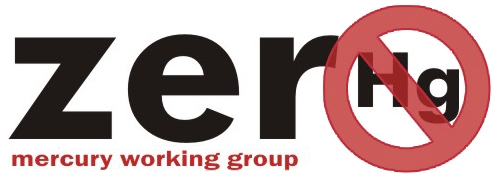Phenyl mercuric acetate (PMA) and similar mercury compounds have been widely used as water-based paint additives, and may still be used in some countries. These compounds were used as “in-can” preservatives to extend the shelf life by controlling bacterial fermentation in the can (biocides), as well as to retard fungus attacks on painted surfaces under damp conditions (fungicides).
Inorganic mercury compounds of very low solubility have also been used as additives in marine coatings and paints to impede bacteria formation and to hinder the development of marine organisms. This use is believed to have been largely discontinued by the mid-1970s (US DOC, as cited in NJ MTF, 2002).
Relevant legislation and NGO policy work
Globally
The Minamata Convention on Mercury, under Article 4 requires that Each Party shall not allow, by taking appropriate measures, the manufacture, import or export of mercury-added biocides , after 2020, except where the Party has a registered exemption pursuant to Article 6.
In the EU
REACH (EC 1907/2006) (among others) restricts the marketing and use of certain dangerous substances and preparations, and includes a prohibition of the use of mercury substances in marine anti-fouling paints, wood preservatives, among others
The prohibition of the manufacture, export and import of mercury added biocides, after 31.12.2020, is covered by the Mercury Regulation (EU) 2017/852 which complements a large body of existing EU environmental law on mercury.

